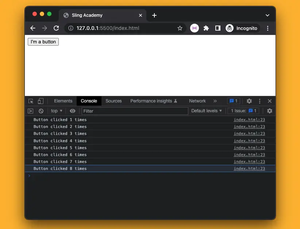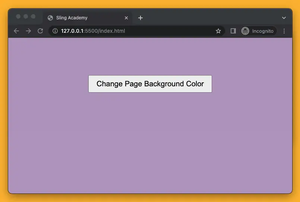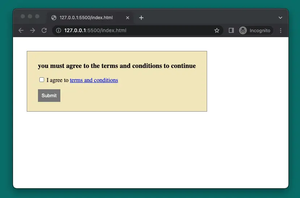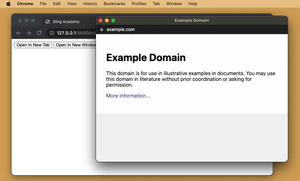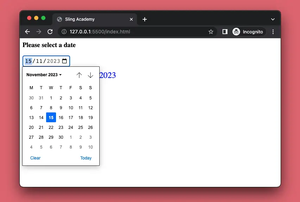Web performance is a critical factor in determining user experience on your website. One often overlooked technique for improving performance is optimizing how fonts are loaded. Fonts can significantly affect page load times, especially if you're using multiple custom fonts. The CSS Font Loading API, combined with JavaScript, provides an efficient way to preload fonts and enhance page performance.
Why Preload Fonts?
When a web page loads, the browser often needs to reach out to the server to download necessary font files. Until these fonts are fetched and processed, the browser may substitute them with fallback fonts, a phenomenon known as 'FOIT' (Flash Of Invisible Text) or 'FOUT' (Flash Of Unstyled Text). These issues can be distracting to users and affect the perceived performance of your website. Preloading fonts can mitigate these issues by ensuring that the required font files are loaded and ready before they’re actually used in rendering the text.
Introducing the CSS Font Loading API
The CSS Font Loading API lets developers control how fonts are loaded and handled in the browser, giving more flexibility than traditional CSS @font-face rules. This API can create, load, and manage fonts efficiently before they are applied to the page.
Basic Example: Preloading Fonts
To preload fonts using the CSS Font Loading API, you can write a script to fetch font files early and apply them when they're fully loaded.
<!DOCTYPE html>
<html lang="en">
<head>
<meta charset="UTF-8">
<meta name="viewport" content="width=device-width, initial-scale=1.0">
<title>Font Preload Example</title>
<style>
body {
font-family: 'CustomFont', sans-serif;
}
#content {
font-size: 20px;
color: #333333;
}
</style>
</head>
<body>
<div id="content">Hello, this is an example text!</div>
<script>
const font = new FontFace('CustomFont', 'url(path/to/your/font.woff2)');
font.load().then(function(loadedFont) {
// Add the loaded font to the document
document.fonts.add(loadedFont);
console.log('Custom font loaded successfully!');
}).catch(function(error) {
console.error('Failed to load the custom font:', error);
});
</script>
</body>
</html>
Step-by-Step Explanation
1. Create a new FontFace instance: The FontFace constructor is used to create a new font face. It requires two parameters—the name of the font family and the source URL of the font file.
2. Load the font: Call the load method on the FontFace object, which returns a promise. On successful resolution, the promised FontFace object is returned.
3. Add the font to the document: Use document.fonts.add to add the loaded font to the document, making it available for use across the webpage.
Advanced Techniques
Further optimizations can be made by specifying a font-display strategy or employing service workers for caching purposes.
Using font-display for Better Rendering
The font-display property manages how fonts behave during load, giving the developer control over how the font is swapped or transitioned after it's loaded. This helps in managing FOUT/FOIT effectively.
@font-face {
font-family: 'CustomFont';
src: url('path/to/your/font.woff2') format('woff2');
font-display: swap;
}
With font-display: swap;, the fallback font is immediately displayed until the custom font is ready, providing a smoother transition for users.
By using the CSS Font Loading API with these additional techniques, you can ensure that your typography enhances rather than hampers the user experience. Implementing font preloading bakes performance improvements directly into your assets, maintaining fast and responsive websites.


